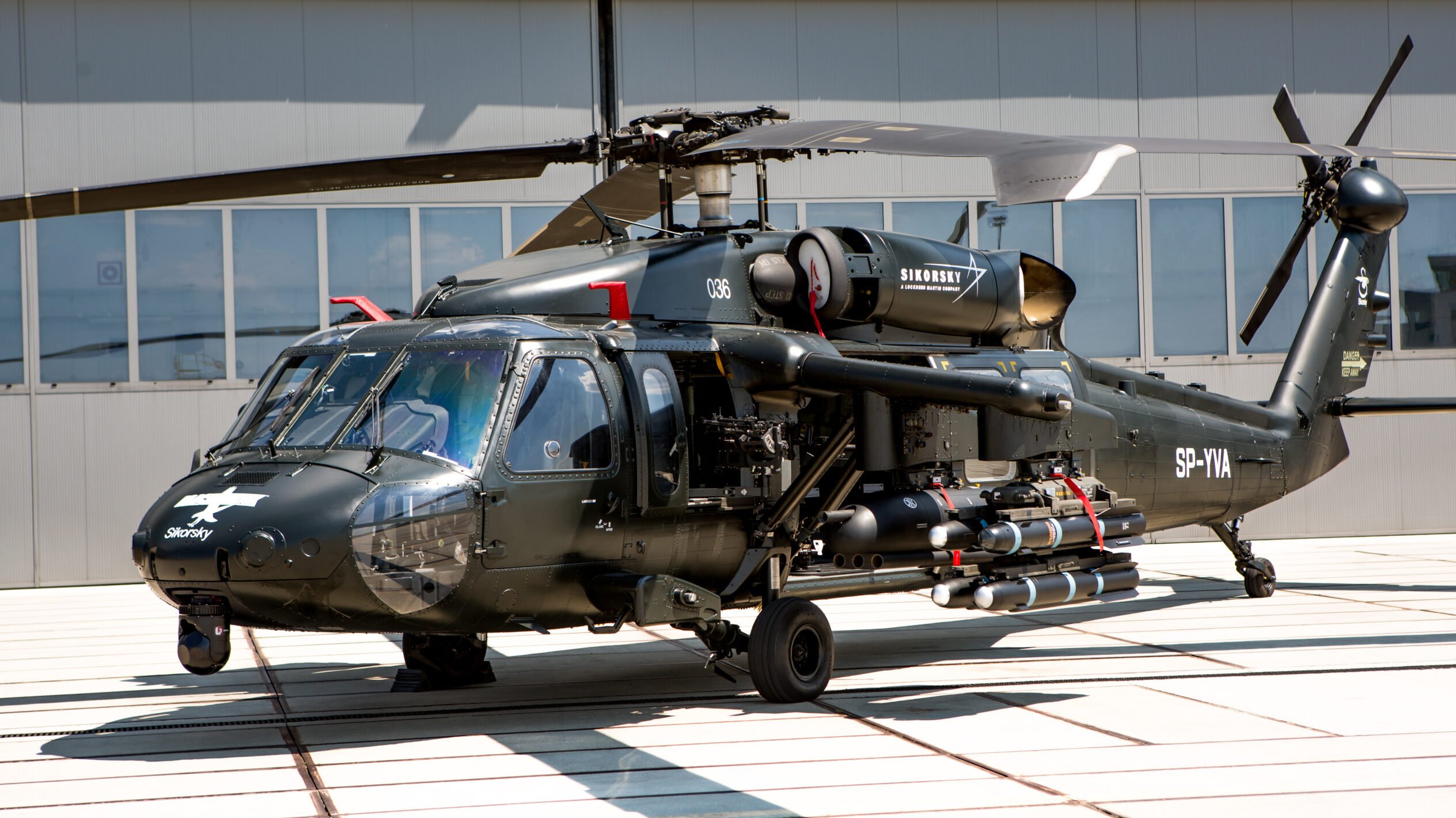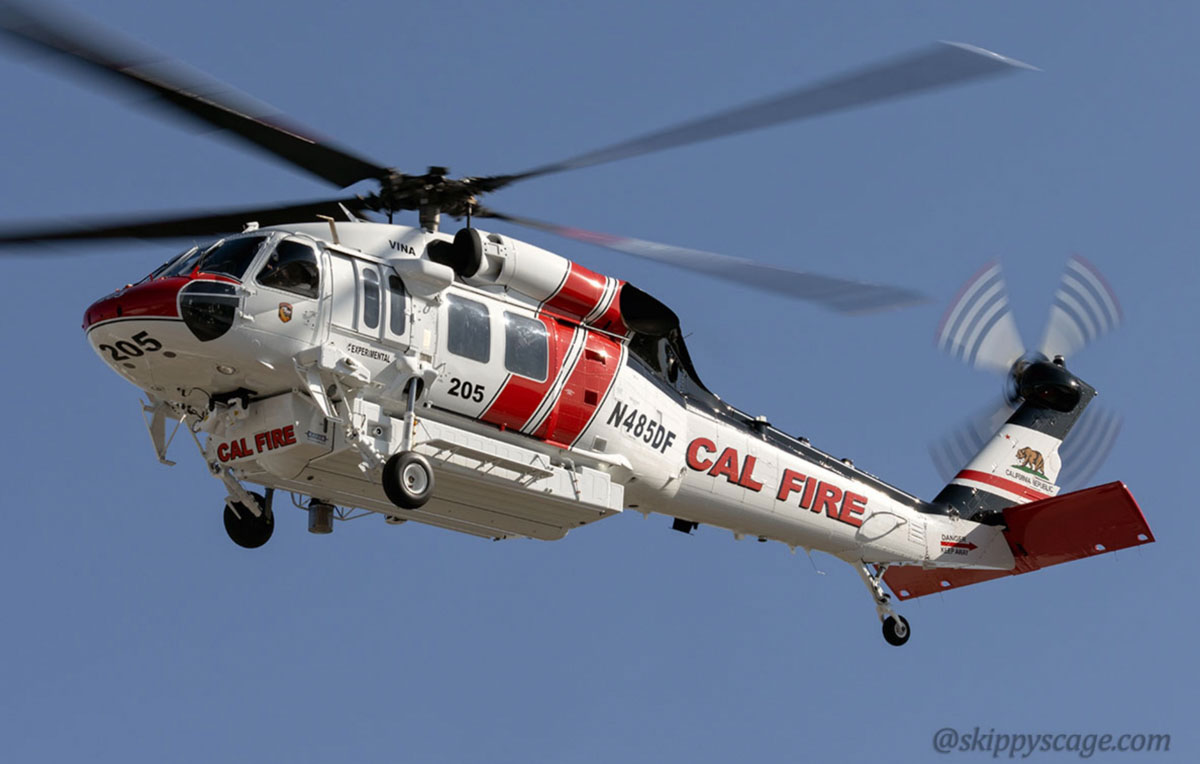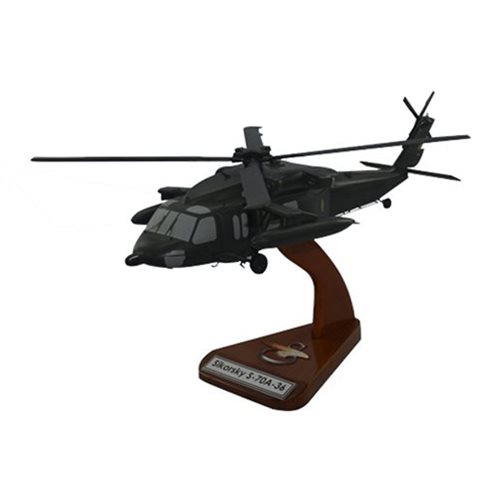Sikorsky S 70: Transforming Tactical Operations with Cutting-Edge Modern Technology
Sikorsky S 70: Transforming Tactical Operations with Cutting-Edge Modern Technology
Blog Article
High-Performance Multi-Role Rotorcraft Featuring Advanced Cockpit Technologies and Integrated Sensing Unit Equipments
The realm of rotorcraft modern technology has actually seen noteworthy improvements in recent times, particularly in the realm of high-performance multi-role rotorcraft geared up with sophisticated cockpit modern technologies and perfectly integrated sensing unit systems. These innovations have not just enhanced the functional abilities of rotorcraft yet have actually additionally dramatically influenced modern-day aeronautics procedures on different fronts. From boosted objective convenience to improved operational performance, the convergence of advanced cockpit modern technologies and incorporated sensor systems has introduced a brand-new era of possibilities for rotorcraft applications. In the adhering to conversation, we will explore the advancement of rotorcraft modern technology, look into the realm of innovative cabin advancements, and examine the effects of incorporated sensing unit systems on the functional versatility and effectiveness of contemporary rotorcraft.
Advancement of Rotorcraft Innovation
The evolution of rotorcraft technology has been marked by substantial innovations in the rules of aerodynamics, materials, and propulsion systems, shaping the abilities and performance of modern-day rotorcraft. Wind resistant enhancements have actually boosted the effectiveness and ability to move of rotorcraft, enabling boosted speed, agility, and stability throughout trip (sikorsky s 70). Technologies in products, such as the usage of composite materials and progressed alloys, have actually caused lighter yet stronger rotorcraft structures, improving general performance and longevity. Furthermore, developments in propulsion systems, consisting of a lot more effective engines and ingenious propulsion innovations, have made it possible for rotorcraft to achieve higher altitudes, faster rates, and higher payloads.
These developments have not only changed the abilities of rotorcraft yet have additionally increased their applications throughout different markets, including army, commercial, and emergency situation solutions. The continual evolution of rotorcraft innovation continues to drive innovation in the field, pressing the boundaries of what is possible and forming the future of upright flight.
Advanced Cockpit Innovations
Structure upon the foundational innovations in aerodynamics, materials, and propulsion systems, the realm of rotorcraft modern technology now moves focus towards introducing Advanced Cockpit Innovations. The integration of advanced modern technologies within the cockpit environment plays an essential duty in enhancing the operational capabilities, safety and security, and effectiveness of modern rotorcraft. sikorsky s 70. Advanced Cockpit Innovations encompass a broad range of attributes developed to give pilots with improved situational awareness, structured data monitoring, and user-friendly control user interfaces
One of the essential improvements in cabin style is the implementation of glass cockpits, which change traditional analog determines with high-resolution screens. These digital systems use adjustable formats, real-time data assimilation, and boosted readability, allowing pilots to gain access to essential info at a glance. Additionally, advanced avionics systems, such as fly-by-wire controls and enhanced fact screens, are revolutionizing just how pilots engage with the airplane, permitting for precise control and improved decision-making capacities.


Integrating advanced cabin innovations not just boosts pilot performance however also contributes to overall objective effectiveness and safety in complex operational environments. By leveraging modern innovations within the cockpit, rotorcraft manufacturers are setting new standards for functional quality and mission success.
Integrated Sensing Unit Solutions
With the evolution of rotorcraft innovation, the assimilation of innovative Integrated Sensor Systems has come to be vital in enhancing functional efficiency and safety and security. These Integrated Sensor Equipments encompass a wide variety of innovations that supply vital data for different functions such as navigating, surveillance, targeting, and ecological surveillance. By effortlessly incorporating sensing units like radars, video cameras, lidar, and infrared systems into rotorcraft, drivers can gain from enhanced situational recognition, boosted goal capacities, and decreased pilot workload.
One key advantage of Integrated Sensor Equipments is their capability to gather real-time information and offer workable insights to pilots and mission drivers. As an example, advanced radar systems can discover and track targets over cross countries, permitting very early danger detection and reliable reaction planning. Additionally, incorporating electro-optical and infrared video cameras enables rotorcraft to perform reconnaissance and monitoring objectives with accuracy and precision.
Essentially, the assimilation of advanced sensor innovations right into rotorcraft not only boosts functional effectiveness but also adds dramatically to general objective success and team security. As rotorcraft remain to advance, the role of Integrated Sensing unit Solution will certainly remain at the leading edge of advancement in the aerospace industry.
Functional Adaptability and Efficiency
Enhancing operational adaptability and performance in rotorcraft is an all-natural progression from the combination of innovative Integrated Sensing unit Systems. By leveraging the data and understandings supplied by these advanced sensor find this systems, rotorcraft can optimize their performance across various goals and settings.
Operational versatility includes the capability of rotorcraft to adapt to Read More Here different functions and situations efficiently. With sophisticated cabin technologies and integrated sensing unit systems, rotorcraft can seamlessly change between tasks such as search and rescue, clinical emptying, surveillance, and much more. This convenience improves the rotorcraft's capacity to satisfy diverse operational demands without requiring extensive reconfiguration.
Efficiency in rotorcraft operations is essential for making best use of goal performance and source utilization. Integrated sensor systems play a crucial duty in boosting operational effectiveness by offering real-time data on weather, terrain mapping, target tracking, and much more. This information allows pilots to make informed decisions quickly, maximize flight paths, preserve fuel, and enhance general objective performance.
Effect On Modern Air Travel Operations

Additionally, the integration of innovative sensing units assists in improved mission planning and implementation, enabling rotorcraft to do a variety of tasks with improved precision. From search and rescue procedures to airborne firefighting and law enforcement missions, the capabilities of contemporary rotorcraft geared up with advanced cockpit modern technologies and incorporated sensor systems are exceptional.
Additionally, the impact of these innovations prolongs past functional effectiveness to cost-effectiveness and sustainability. By enhancing flight paths, gas intake, and upkeep routines, high-performance rotorcraft furnished with innovative cockpit modern technologies and sensing units add to reducing operational costs and ecological impact, making them crucial assets in modern-day air try this site travel procedures.
Verdict
To conclude, the high-performance multi-role rotorcraft with sophisticated cabin technologies and incorporated sensing unit systems represents a significant advancement in aviation innovation. These innovations enhance operational flexibility and effectiveness, ultimately influencing contemporary air travel operations in a favorable means. The combination of these innovative technologies permits improved abilities and performance in various objective circumstances, showcasing the proceeded advancement of rotorcraft modern technology in the aviation market.
The world of rotorcraft innovation has actually seen notable developments in recent times, especially in the realm of high-performance multi-role rotorcraft geared up with advanced cabin technologies and flawlessly incorporated sensing unit systems. From improved objective convenience to enhanced functional efficiency, the merging of innovative cabin technologies and incorporated sensing unit systems has actually ushered in a new period of opportunities for rotorcraft applications. In the following conversation, we will certainly explore the development of rotorcraft innovation, delve into the world of innovative cabin developments, and examine the ramifications of incorporated sensing unit systems on the functional convenience and efficiency of contemporary rotorcraft.

Report this page